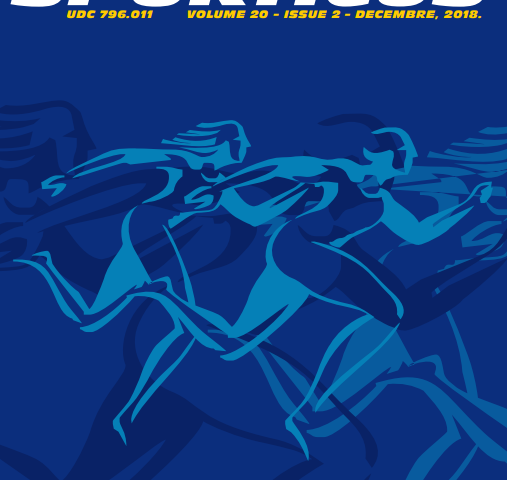Abstract
The purpose of this study was to evaluate the isokinetic dynamometer with maximum torque, total work, reciprocity between agonist / antagonist of the knee joint between professional and amateur athletes of students of the Faculty of Sport and Physical Education. Test strength of dynamic stabilizing knee was performed on the Biodex device 3 on the angular velocities 60 and 180 degrees / sec. The sample represented 42 athletes (22 professional athletes and amateur athletes 20). The data may represent the parameters for the function of dynamic stabilizing knee muscles among athletes students of the Faculty of Sport and Physical Education in Sarajevo. Compared to other categories, professional athletes presented significantly higher values for total work and maximum torque of knee flexor angular velocity 60 ° / s. The results showed that a reciprocal relationship between muscle groups (agonists antagonisa) is lower than the reference value expected for both categories, thus presented a preponderance of the extensor muscles of the flexors dynamic knee stabilizers. Muscular imbalance between flexors and extensors, which may be present, may be caused by overloading and trauma to the muscleligament structures of the knee joint. It is necessary to establish normal relations of reciprocal muscle agonists and antagonists of dynamic knee stabilizers. This scientific study can be useful as a basis for comparison for future studies to assess muscle isokinetiĀkih knee stabilizer with students from the Faculty of Sport and Physical Education.


